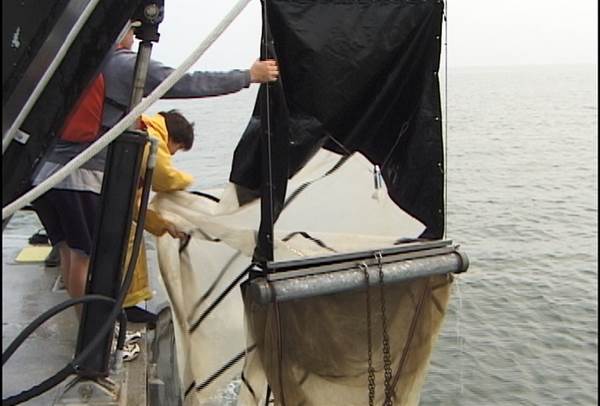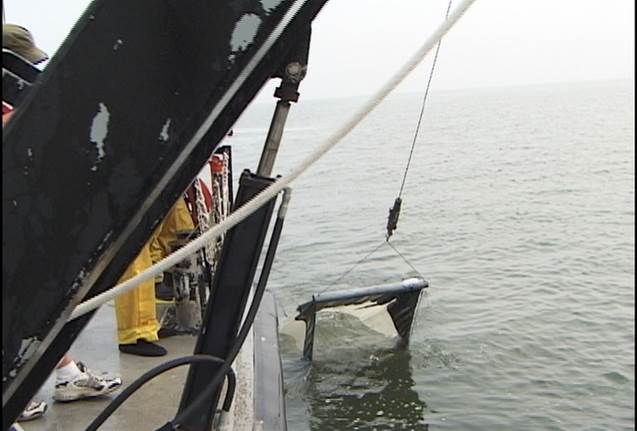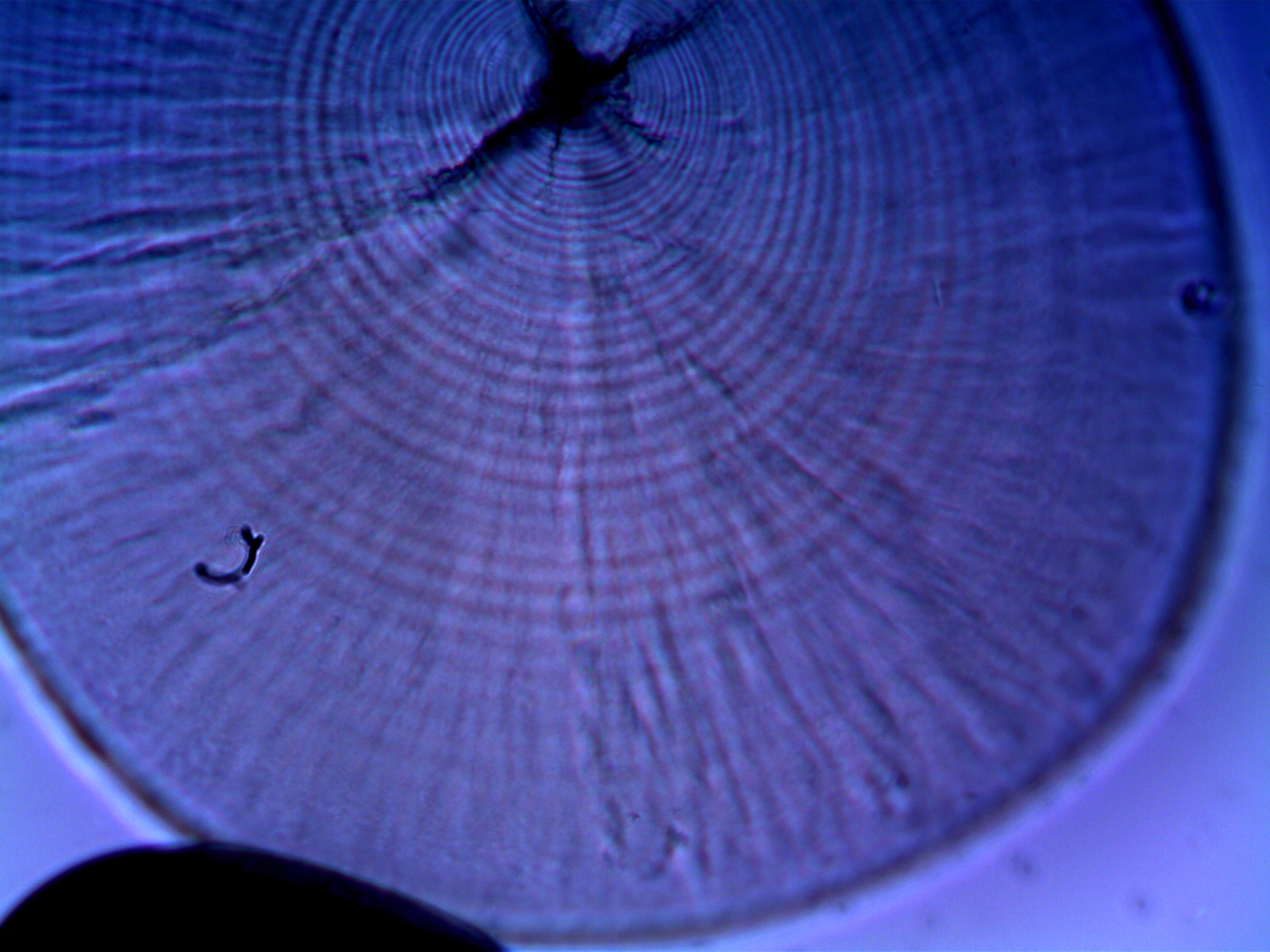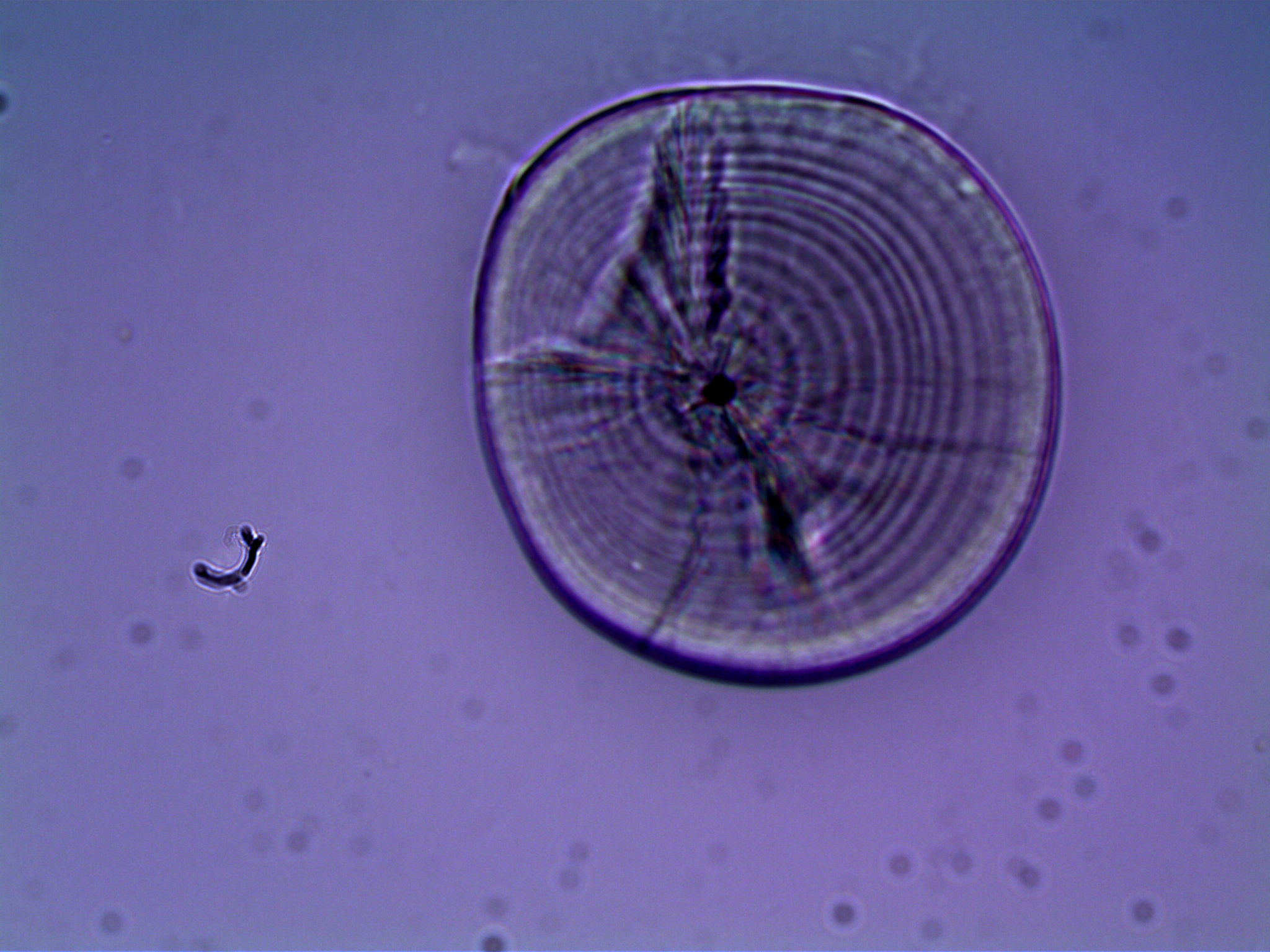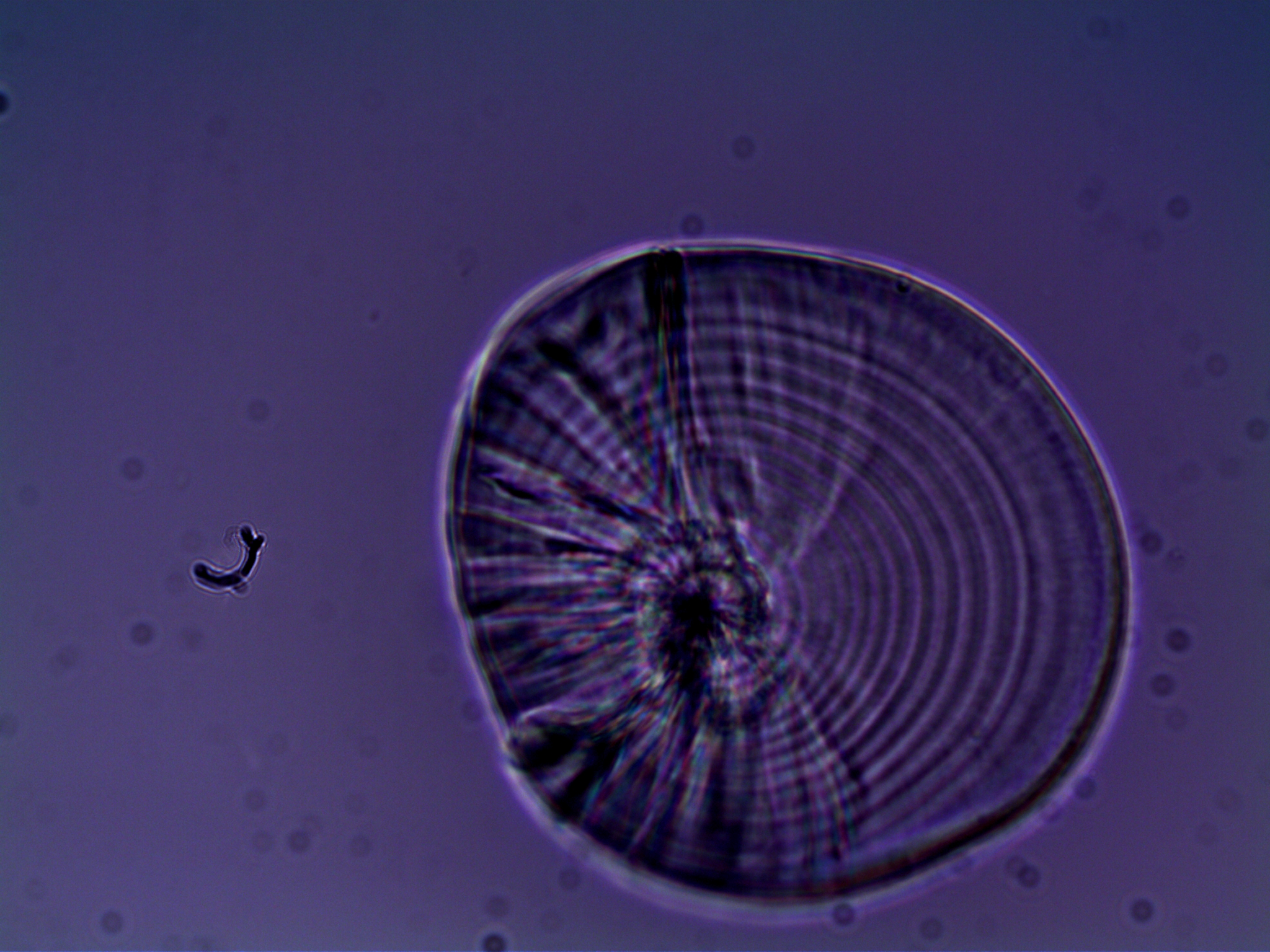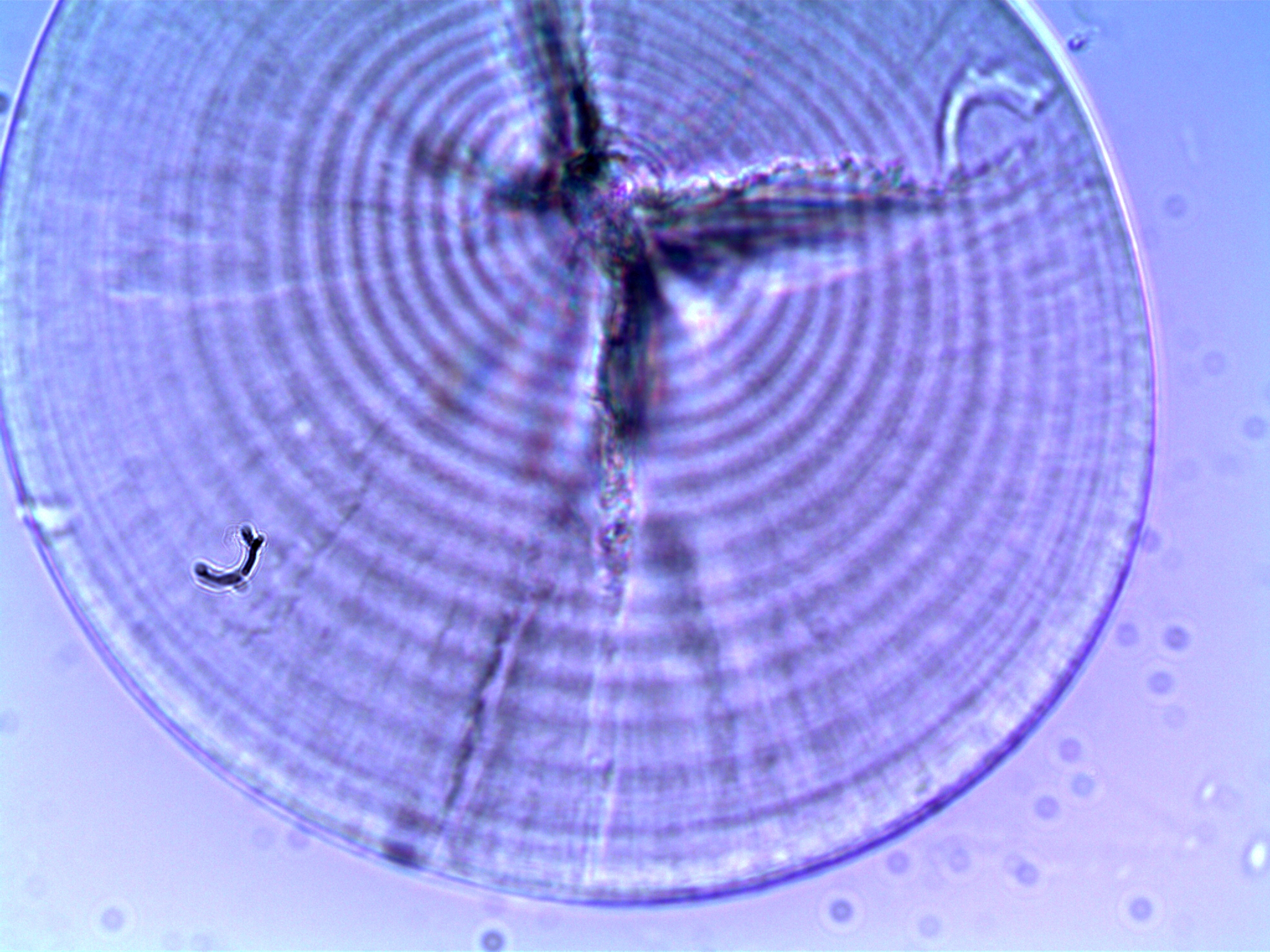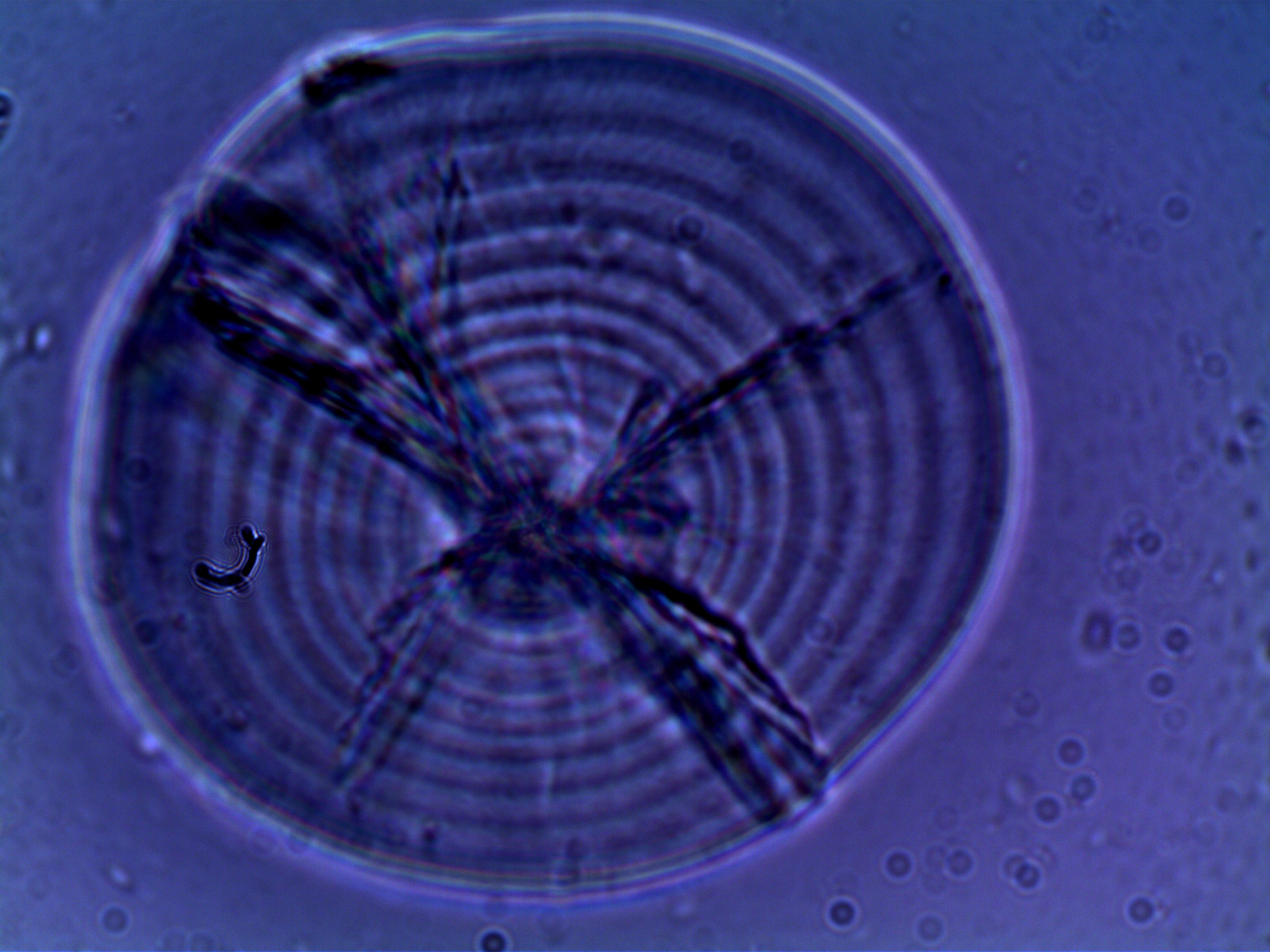Why Does Reproductive Sucess Vary in Fishes?
A general theme of research in Houde lab is evaluation of variability in reproductive success in marine and estuarine fishes.
Reproductive sucess is measured by levels of recruitment, i.e., numbers of young fish produced each year.
Causes of recruitment variability are evaluated through analysis of hydrographic, climatic, and environmental factors.
In recent years, most research has centered on analysis of survival and growth of anadromous and estuarine species in Chesapeake Bay.
Single-species evaluations and fish community analysis are included in our research programs.
Fishes of particular interest are striped bass, bay anchovy, and Atlantic menhaden.
Studies on larval and juvenile stage survival, growth, and trophodynamics are conducted in the Bay and its tributaries.
Biological and physical mechanisms affecting production of young fish are considered, analyzed, and modeled to explain recruitment variability.

Processes and mechanisms that control recruitment in the egg through juvenile stages of fishes.
Cohort biomass usually declines during the earliest stages, before increasing. Biomass declines when M>G and M/G> 1.0, where M is daily instantaneous mortality and G is weight-specific growth rate. The stage (and size or age) at which M=G and M/G=1.0 is a transition stage. At subsequent stages (sizes, ages), when M/G< 1.0, cohort biomass increases. The transition stage can be an indicator of recruitment success; transition at earlier (younger, smaller) stages often is inversely correlated with recruitment level. subsequent stages (sizes, ages), when M/G< 1.0, cohort biomass increases. The transition stage can be an indicator of recruitment success; transition at earlier (younger, smaller) stages often is inversely correlated with recruitment level.
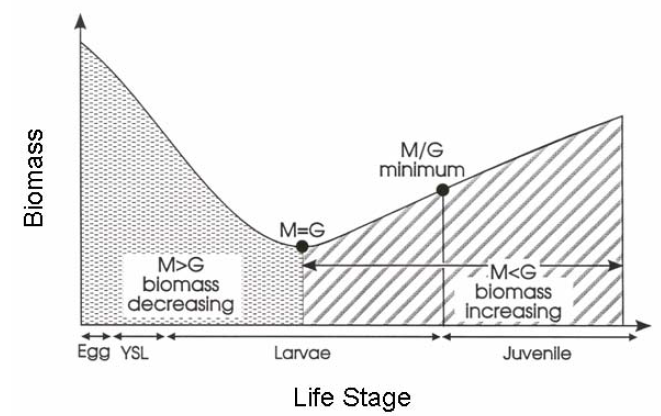
Conceptual relationship between cohort biomass and early-life stages of marine fish.




